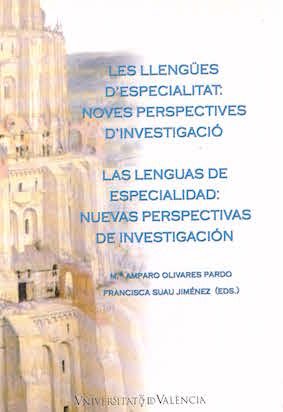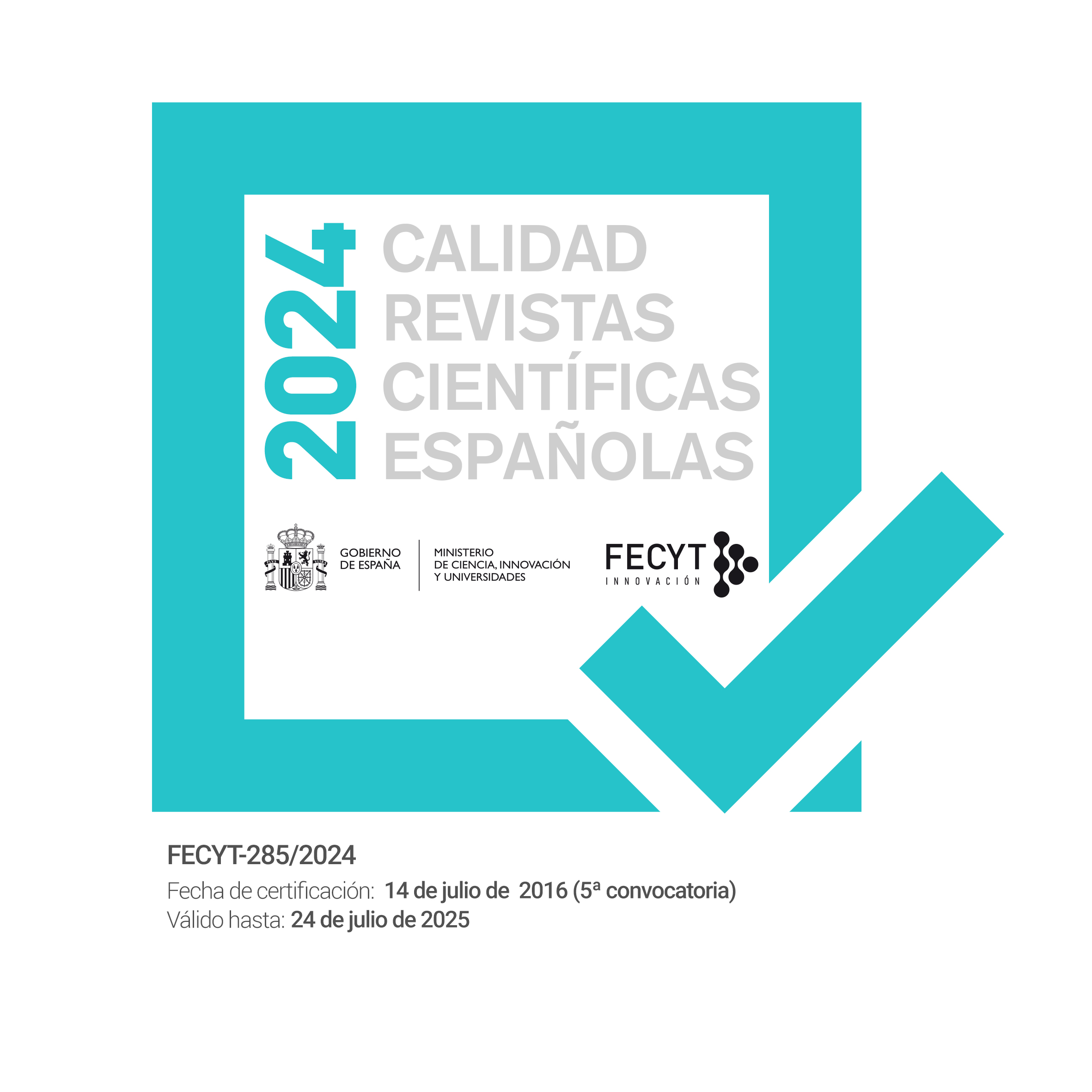Protocolos comunicativos en la promoción de servicios turísticos
DOI:
https://doi.org/10.7203/qfilologia.10.5089Keywords:
communicative protocols, touristic discourse on the internet Abstract
Abstract
The main focus of this paper is the study of communicative protocols, both visual and linguistic, commonly and currently used in web pages within the context of the tourist trade. The study relies heavily on communicative enhancement strategies, e.g. visual elements and politeness strategies used extensively to create an effective brand image for the appeal of potential consumers. The paper is divided into two sections. The first part defines the concept of communicative protocols, outlines the basic promotional features and puts forward the distinctive features of persuasiveness and politeness which shape the persuasive discourse genre. The second part illustrates a model of analysis featuring the recurring visual and textual communicative protocols embedded in the web pages. The final part presents the findings from the analysed data and draws to conclusions.
 Downloads
Downloads
Downloads
Published
How to Cite
-
Abstract614
-
PDF (Español)336
Issue
Section
License
 Este obra está bajo una licencia de Creative Commons Reconocimiento-NoComercial-SinObraDerivada 4.0 Internacional.
Este obra está bajo una licencia de Creative Commons Reconocimiento-NoComercial-SinObraDerivada 4.0 Internacional.
Authors who publish with this journal agree to the following terms:
- Authors retain copyright and grant the journal right of first publication with the work simultaneously licensed under a Creative Commons Attribution License that allows others to share the work with an acknowledgement of the work's authorship and initial publication in this journal.
- Authors are able to enter into separate, additional contractual arrangements for the non-exclusive distribution of the journal's published version of the work (e.g., post it to an institutional repository or publish it in a book), with an acknowledgement of its initial publication in this journal.
- Authors are permitted and encouraged to post their work online (e.g., in institutional repositories or on their website) prior to and during the submission process, as it can lead to productive exchanges, as well as earlier and greater citation of published work (See The Effect of Open Access).




